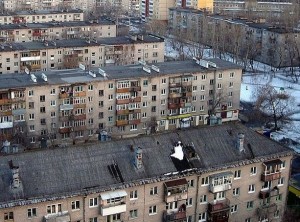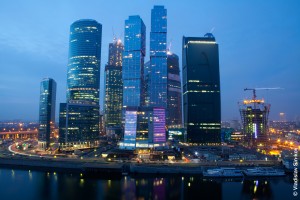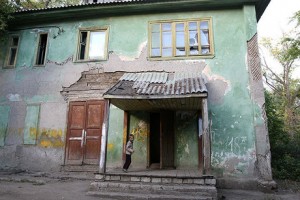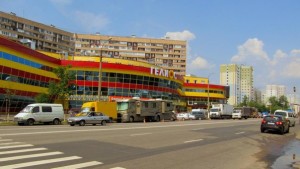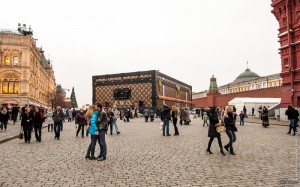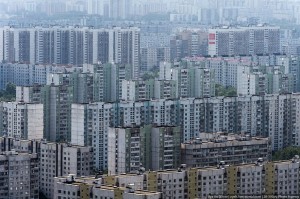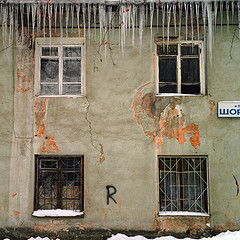While the economics is concerned with making choices in the wake of scarcities and attempts to answer the three fundamental questions of what goods and services are to be produced, how to produce these goods and services and for whom. Being part of the agents for change and ensuring sustainability, Architects have a vital role in designing buildings, structures and infrastructure with an objective to ensure sustainability, assuring welfare of future generations, how to make such designs and for whom to make.
Category Archives: Economics of Sustainability
After the 50th in the USSR begins large-scale company against the excesses and architecture returns to the utilitarianism holding just the engineering status. Since then in the dwelling the tendencies of technological oversimplification are set. Widespread predominance of the typical planning and design (if I can use this term) formed special urban policy. It is characterized by massive construction of new coarse areas of cheap prefab housing - machines for living. These monotone dull constructions are now the sleeping areas of Moscow and the whole Russia. All the rooms have the same sizes, you don’t even need to measure walls and floors, you just need to know the number of sleeping rooms. What is more – over half of them are in emergent condition. The new dwellings are closely resembling the subject above. Buildings try to go as high as they can and that’s not because the lack of place. All these apartments are for middle class as well as for poor, to buy it an average person should work all his life only for the place to live.
At the same time we have Winter Olympic Games that cost 50 milliards of dollars, Moscow International Business Centre, Louis Vuitton’s suitcase on the Red Square and enormous shopping centres – the same suitcases for money.
It’s quiet early to speak about sustainability while narrow group of people trying to change bits of system and corruption not falling in the same stream.
React on the growth
To work with the complexity of the city we (as architects) have to know the value of all the underlying layers of the building environment; social, economic, political, and legal structure and related public policies, to make sure that our building and design are as powerful statements as possible. It is a fact that the cities are growing as never before. In 2050 will 75% of the population in the world live in the cities. So know how to best develop the new areas of the cities is even more important than ever. The growth is often driven by fast planning and projects like seen in many places like in Sao Paulo, where new areas, from their “birth”, is becoming a “dead end”, because they do not interact with the city. According to the first question, I do not believe one building by itself, can change much in the terms of improving urban sustainable growth. By placing an amazing sustainable building will not change enough to change the neighborhood. Read More
Sustainability – Win or Win Situation
Often a building is only thought as an equipment inside the area that it’s implemented, but it is impossible to separate it from it’s surroundings. The construction of any building directly influences the infrastructure of cities. Read More
SUSTAINABILITY VS SOCIETY
Talking of architecture and sustainability in Peru is something very complex. We have 28 of the 32 climates that exist in the planet that makes our country very unique in terms of having almost every ecosystem in the world. We could have the posibility of taking advantage of the diversity we have but in practice that doesn’t happened at all. Read More

